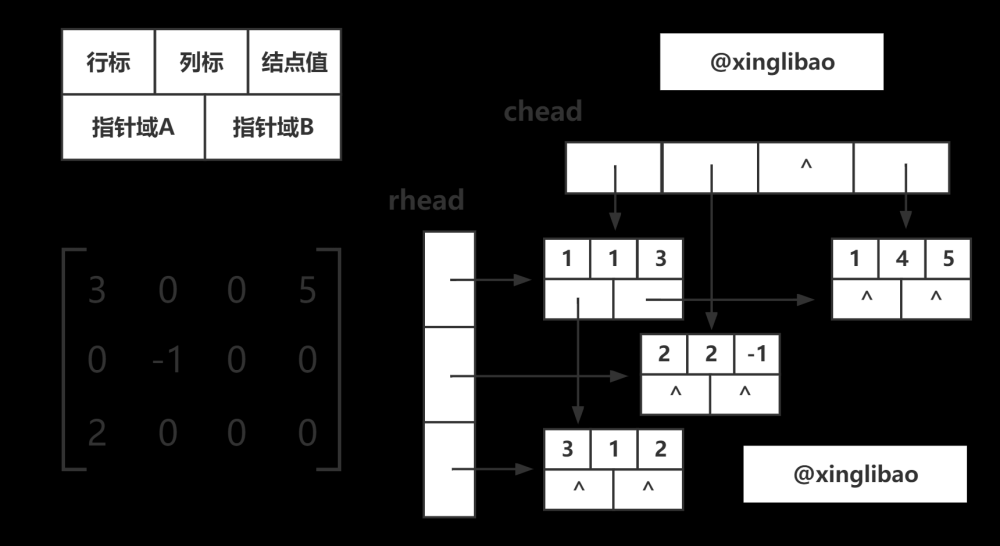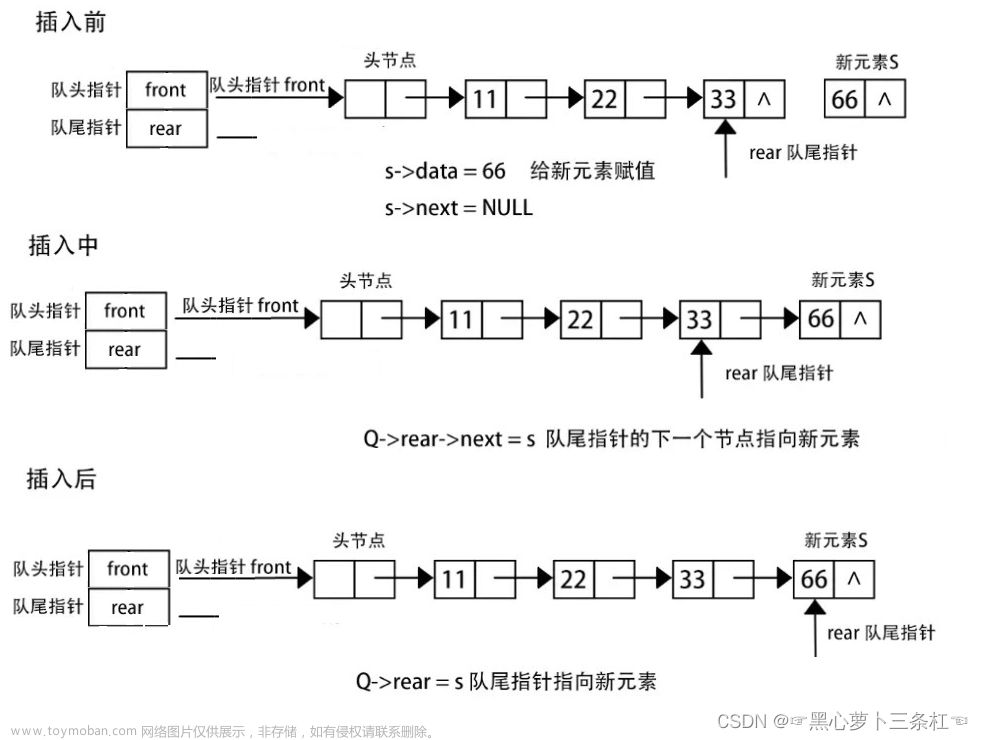在构造方法中,我们经常通过函数得到改变的或者新建的数组。但是使用return是无法成功返回的,如下:
/**
* Note: The returned array must be malloced, assume caller calls free().
*/
double* convertTemperature(double celsius, int* returnSize){
double ktem,htem;
double ans[2];
ktem=celsius+273.15;
htem=celsius*1.80+32.00;
ans[0]=ktem;
ans[1]=htem;
return ans;
}因为数组ans为局部变量 随着函数调用的结束,其中的各种局部变量也将被系统收回,所以无法正确返回数组值,可以采用以下方法:
方法一:使用数组指针,malloc分配动态空间。
/**
* Note: The returned array must be malloced, assume caller calls free().
*/
double* convertTemperature(double celsius, int* returnSize){
double* ans;
ans=(double*)malloc(sizeof(double)*2);
ans[0]=celsius+273.15;
ans[1]=celsius*1.80+32.00;
*returnSize=2;
return ans;
}方法二:采用static关键字
int* function(){
static int str[5]={1,2,3,4,5};
return str;
}当主函数中已经定义该数组可以直接返回,如:
#include<stdio.h>
void function(int str[],int len)
{
int i=0;
for(i=0;i<len;i++){
str[i]=str[i]+1;
}
}
int main()
{
int str[5]={1,2,3,4,5};
int len=5;
function(&str,len);
for(int i=0;i<len;i++)
{
printf("%d",str[i]);
}
return 0;
}方法一:使用数组指针,通过指针改变数组内容文章来源:https://www.toymoban.com/news/detail-615356.html
void function(int *str,int len)
{
for(int i=0;i<len;i++){
*(str+i)=str[i]+1;
}
}
int main()
{
int str[5]={1,2,3,4,5};
int len=5;
function(str,len);
for(int i=0;i<len;i++)
{
printf("%d",str[i]);
}
return 0;
}方法二:使用&引用,引用数组直接带回数组值。文章来源地址https://www.toymoban.com/news/detail-615356.html
#include<stdio.h>
void function(int(&str)[5],int len)
{
int i=0;
for(i=0;i<len;i++){
str[i]=str[i]+1;
}
}
int main()
{
int str[5]={1,2,3,4,5};
int len=5;
function(str,len);
for(int i=0;i<len;i++)
{
printf("%d",str[i]);
}
return 0;
}到了这里,关于C语言返回数组的两种方法的文章就介绍完了。如果您还想了解更多内容,请在右上角搜索TOY模板网以前的文章或继续浏览下面的相关文章,希望大家以后多多支持TOY模板网!









